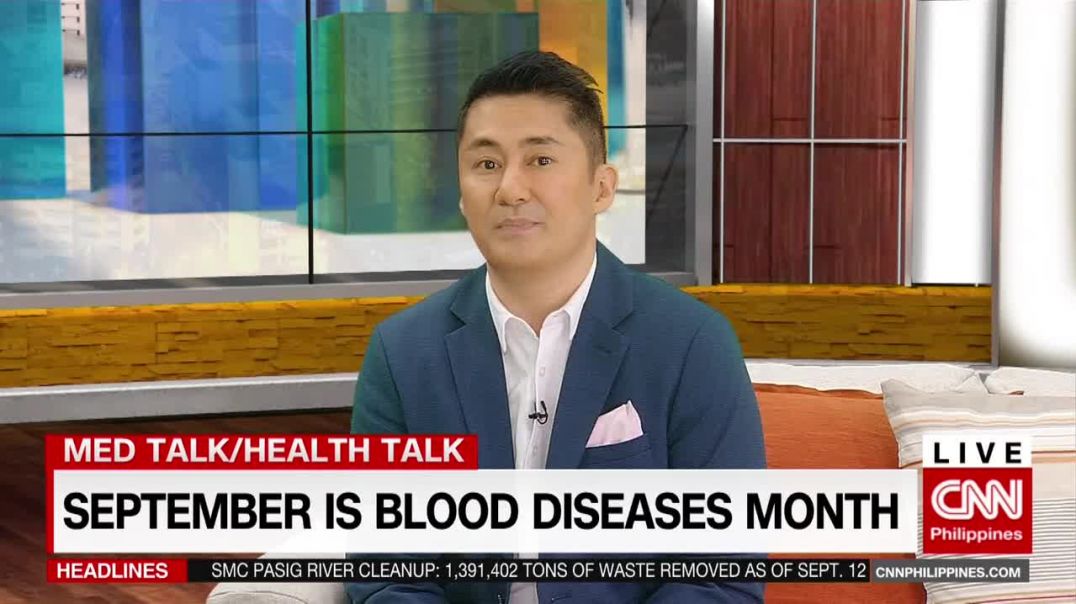Treating Chronic Myeloid Leukemia by Phase
Treating Chronic Myeloid Leukemia by Phase<br />Treatment options for people with chronic myeloid leukemia (CML) depend on the phase of their disease (chronic, accelerated, or blast phase), their age, other prognostic factors, and the availability of a stem cell donor with matching tissue type.<br /><br />Chronic phase<br />The standard treatment for chronic phase CML is a tyrosine kinase inhibitor (TKI) like imatinib (Gleevec), nilotinib (Tasigna), dasatinib (Sprycel), or bosutinib (Bosulif). If the first drug stops working or it never really worked well at all, the dose may be increased or another TKI might be tried. Ponatinib (Iclusig) is an option after all of the other TKIs have been tried or if the leukemia cells later develop the T315I mutation.<br /><br />Switching to another TKI is also an option if a person can't take the first drug because of side effects.<br /><br />Rarely, people in chronic phase may be treated with an allogeneic stem cell transplant (SCT). This treatment is discussed in detail in Stem Cell Transplant for Chronic Myeloid Leukemia.<br /><br />Monitoring treatment results<br />Monitoring the patient to see how they respond to treatment is very important. Blood counts are checked often. The blood is also checked with a polymerase chain reaction (PCR) test to measure the amount of the BCR-ABL gene. The bone marrow is checked, too, to see if the Philadelphia chromosome is there. Testing for the BCR-ABL gene or the Philadelphia chromosome is usually done about 3 months after a TKI is started, and then every 3 to 6 months after that. If the results show that treatment is working well, the patient stays on their current drug. If the results show that treatment isn’t working well, and the patient is taking the drug the way they should, a new drug or treatment may be needed.<br /><br />If the CML is responding well to treatment, 3 months after starting treatment, the patient should have:<br /><br />A complete hematologic response (CHR), and<br />Some type of cytogenetic response, and/or<br />A reduction of the number of copies of BCR-ABL on the PCR test by 90% or more<br />If treatment is working well, 18 months after starting treatment, the patient should have:<br /><br />A complete hematologic response (CHR), and<br />A complete cytogenetic response (CCyR), and/or<br />A major molecular response (MMR)<br />For more on these different types of response, see How Do You Know If Treatment for Chronic Myeloid Leukemia Is Working?<br /><br />How often is treatment successful?<br />Up to about 70% of people have a complete cytogenetic response (CCyR) within 1 year of starting imatinib, and the rate of CCyR is even higher with other TKIs. After a year, even more patients will have had a CCyR. Many of these patients also have a complete molecular response (CMR).<br /><br />But even in patients in whom the BCR-ABL gene can no longer be found while on treatment, it’s often not clear if they are cured, so most people need to stay on a TKI indefinitely.







![[ENG] Pregnancy After Treating Endometrial Cancer?](https://i.ytimg.com/vi/8Lat6ZymCK0/maxresdefault.jpg)














SORT BY-
Topkommentarer
-
Seneste kommentarer